From Theory To Field: Innovation from the field
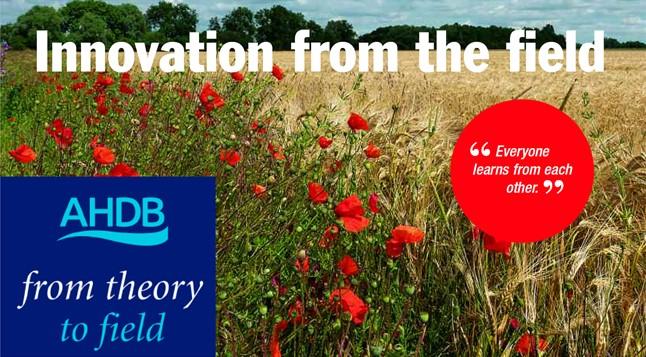
Innovative Farmers has now been running for a decade, facilitating farmer-led research to some of today’s most pressing problems. CPM looks at some of the research being funded by AHDB through the Innovative Farmers Field Lab network.
Everyone learns from each other.
By Adam Clarke
The classic agricultural research and development model has resulted in a huge increase in farm productivity since the 1960s, but more recently yields have plateaued.
This has led to a surge of interest in a grassroots research model – popular in the developing world for many years – where small groups of farmers get together to find solutions to local problems, with support from the scientific community.
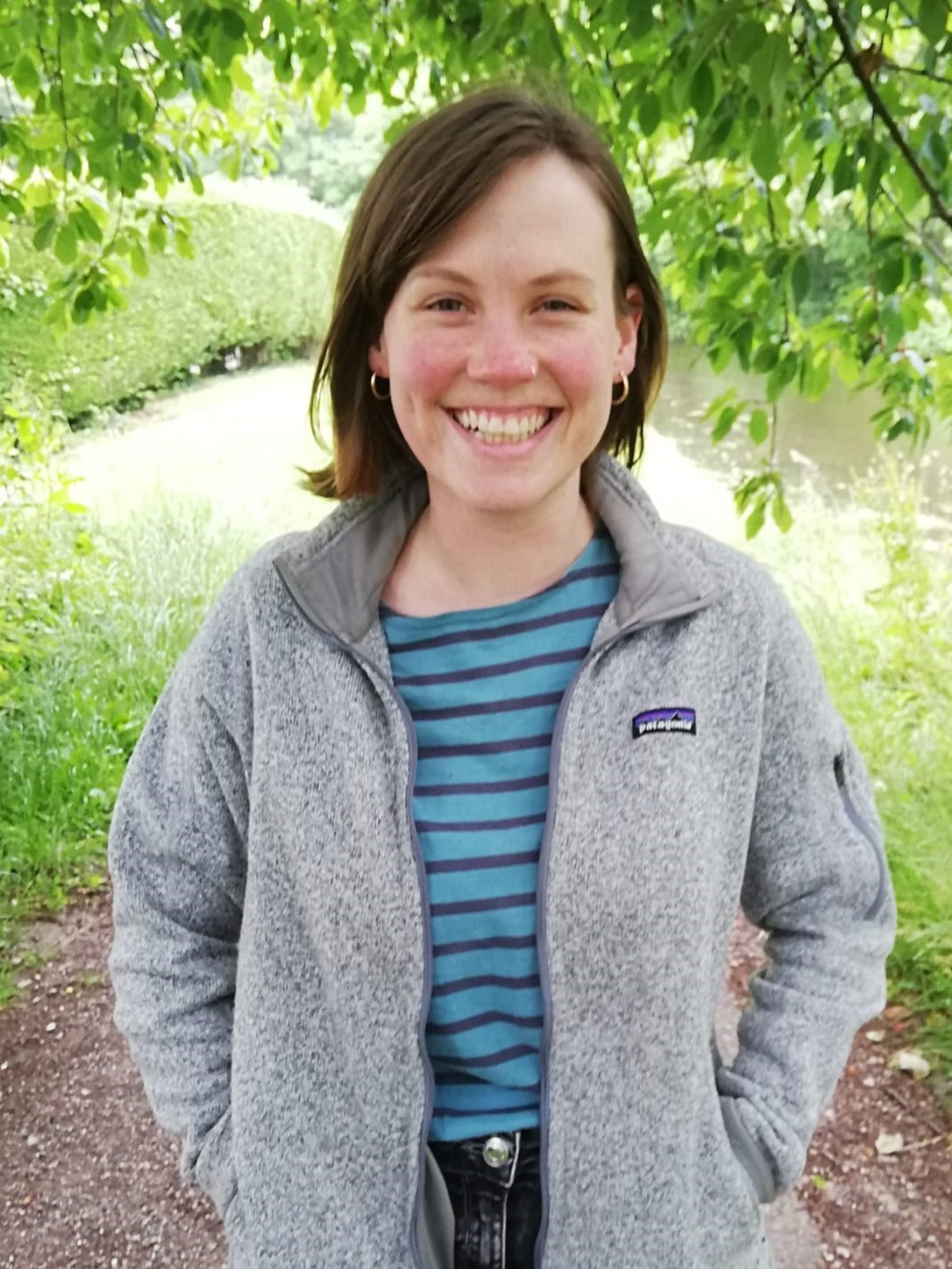
Farmers are already natural experimenters in their businesses but understandably want some robust science to support decision making, says Rebecca Swinn.
A scheme using this model was first piloted in the UK in 2012 as part of the Duchy Originals Future Farming Programme, with core funding coming from The Prince of Wales Charitable Fund, which raises money from sales of Duchy organic products sold in Waitrose.
The fund shared the ambition of stimulating farmer-led projects in the UK, which historically had received very little financial or logistical support from public or private sources, according to Soil Association’s Rebecca Swinn.
Now known as Innovative Farmers, the now decade-old programme is meeting its principle aim of creating a network and space for farmers to collaborate between each other and the research community.
“Farmers are already natural experimenters in their businesses – whether tinkering with equipment or trying a different crop variety – but understandably want some robust science to support decision making.
“At the same time, a lot of researchers don’t see their work get through to farmers for a number of reasons and field labs help them make a difference,” says Rebecca.
So how do Field Labs work? Essentially, a group of farmers or growers come up with an idea or problem to solve and a meeting is set up to discuss how the trial might be executed.
The Innovative Farmers network then links the group to a researcher from one of the leading agricultural research institutions, such as NIAB or ADAS, who has expertise in the same area.
The group will help plan the trial and ensure the right data is captured to make results as scientifically robust as possible. The researcher and a dedicated coordinator is also on hand to monitor progress and suggest any changes where necessary.
Once the work is complete, the researcher helps to crunch the data and Innovative Farmers publishes the results online and in the farming press, so everyone has unlimited access.
“The trials are run on working farms, so they are very relevant to farmers. We’re not suggesting that all research should be conducted in this way but it’s an important part of the puzzle. There’s a strong case for involving farmers more in the decisions when thinking about research priorities,” adds Rebecca.
Each field lab is eligible for a grant of up to £10,000 to help cover costs of the running a trial and the AHDB has been supporting 11 field labs across farming sectors, including Cereals and Oilseeds, Potatoes, Horticulture and Pork.
AHDB knowledge exchange officer Matthew Brearley, a group coordinator for one of the newest field lab ideas, says the involvement of the levy board in some of the Innovative Farmers field labs is because organisational values align.
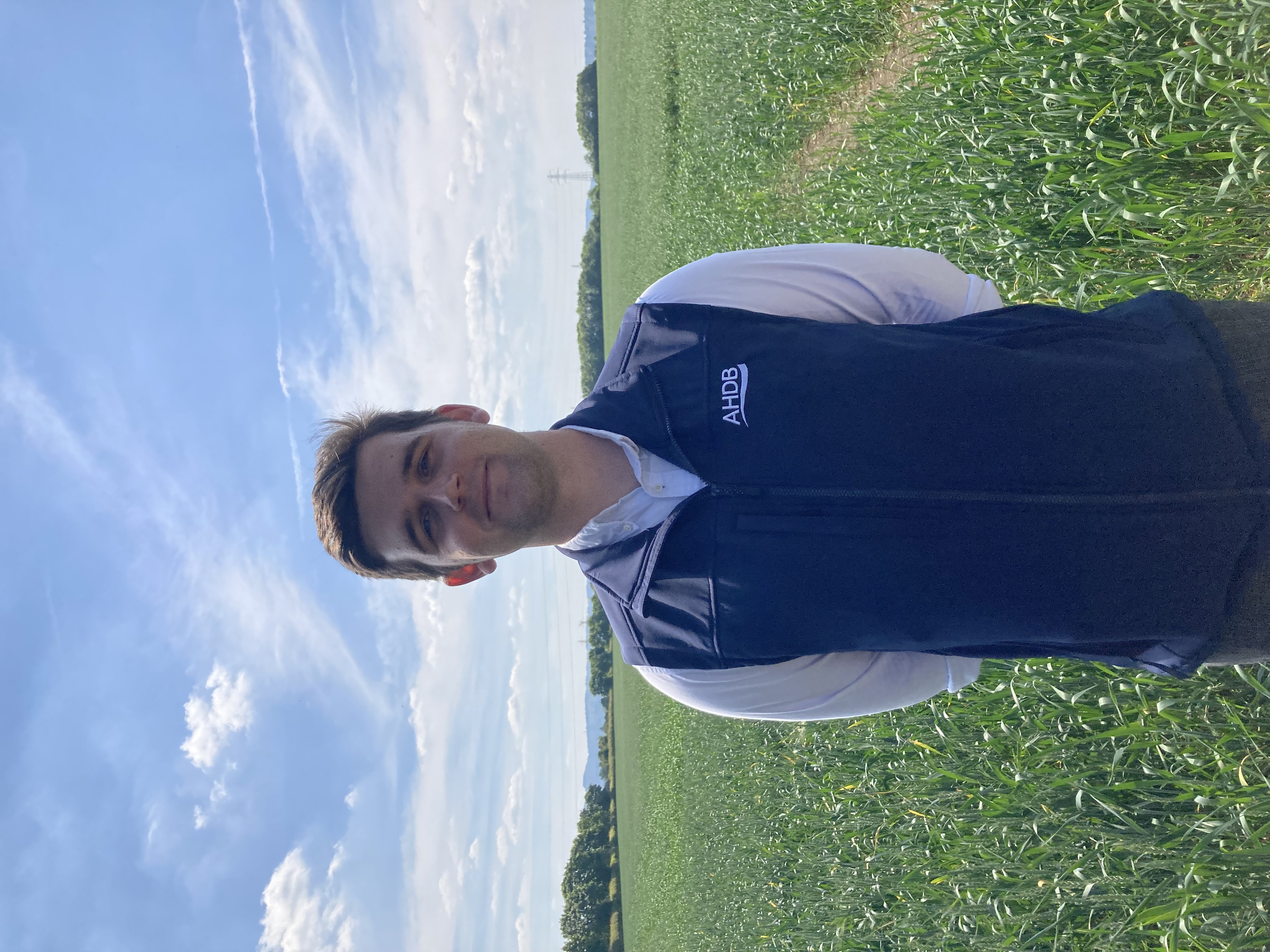
Matthew Brearley says the success of AHDB’s Monitor Farm network has shown that farmers like to see what other farmers are up to, particularly where information may be relevant to their business.
He believes the success of its Monitor Farm network has shown that farmers like to see what other farmers are up to, particularly close to their own farm where any information will be relevant to their business.
“The AHDB has been encouraging farmer-led, farmer-driven research for a while now and it is what farmers are interested in. They’re benefitting from it significantly through these networks,” says Matthew.
For Cereals and Oilseeds, a total of five field labs have been facilitated by AHDB so far, with one investigating the establishment of living mulches in no-till crop establishment systems. A second AHDB-funded project has investigated the role of defoliation of oilseed rape for cabbage stem flea beetle management, with the final report now published.
Grazing cover crops is another increasingly important practice on farms, and not just where animals are typically found as more arable systems look to bring livestock back into the fray. This led to a third AHDB-funded field lab, which aimed to put some numbers on input and application costs, additional feed costs, livestock performance and some detail on the infrastructure required to support each system.
Anaerobic digestate is described by some as “black gold” due to its high available N content and it’s in demand as many growers look to replace synthetic N with organic sources. The combination of autumn applied digestate and cover crops was the angle for another field lad funded by AHDB and co-ordinated by AgritechE.
The fifth and final AHDB-sponsored field lab is also the newest, with initial discussions kicking off in February 2022 and the final report scheduled for publication this autumn, explains Matthew.
Going “insecticide free” has become a badge of honour amongst arable producers over recent seasons, which is driven by dwindling insecticide efficacy against some pests and their impact on beneficial insects.
Along with insecticide product losses, this has increased interest in ways to encourage natural predators of crop pests in the hope that they will suppress the enemy enough to minimise impact on crop yield or quality.
As a result, a group of farmers has been assembled to test how flowering strips and margins influence natural pest enemies within an arable setting.
Matthew is coordinating the group, which has been linked with entomology experts from ADAS, Newcastle University and Cawood Scientific, who have helped draw up the project’s protocols.
He says the key aims outlined in initial discussions are whether there is a difference in effect from flowing strips or margins between conventional and organic sites, whether effects can be quantified and whether there is an impact from establishment technique.
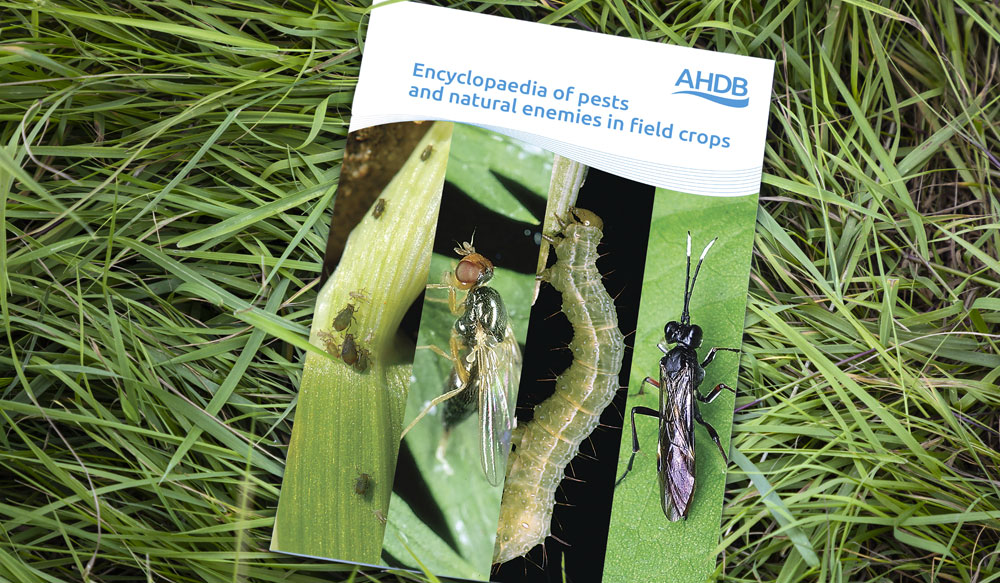
The AHDB encyclopaedia of pests and natural enemies in field crops is an essential reference guide for crop bug spotters.
“There was also a desire to find out if organic or regenerative practices increase the distances that beneficial insects will move away from a margin or strip and into the crop,” explains Matthew.
Each of the six sites located in Northeast England will record plant species composition of the flowering habitat and the pest and beneficial species present, aided by pitfall and yellow sticky traps.
Assessments will also be made of how far the insect species migrate into the field and impact of pest damage in the crop assessed, such as visual barley yellow dwarf virus (BYDV) incidence.
“We have a nice and straightforward protocol. There is a crib sheet for recording all the data that the farmer needs, and Duncan Coston at ADAS has also produced a visual guide to setting up traps.
“The idea of field labs is that farmers can do the assessments independently and fit things into their working day, so it shouldn’t be over complicated,” he says.
Matthew explains that one of the interesting things about the project is the range of farm business involved, with some conventional, regenerative, and organic farms taking part. The flowering strips being assessed are also diverse – with some having been established for many years and others only established as part of the project – and may show whether the benefits for beneficials increases over time.
“As part of this experiment, we’re capturing species composition of the margins and strips as metadata and hope it might tell us something.
“However, ideal composition is likely to vary depending on soil type, location, and specific pest problems. There are also many mixtures being sold to farmers, so it’s a very complicated question to answer,” explains Matthew.
“It will be difficult to be prescriptive based on the results, but it will shed some light on what is working and what isn’t and add the information that’s already out there on flowering margins and strips,” he says.

The newest field lab is looking at whether organic or regenerative practices increase the distances that beneficial insects will move away from a margin or strip and into the crop.
Engagement with Innovative Farmers has been high, with thousands signed up to its monthly newsletter and similar numbers following its progress on social media channels.
Rebecca points out that the types of farmers engaging with, and working within, the initiative come from all types of systems, from organic to conventional to regenerative, so it has managed to unite sectors that haven’t always shared the same space.
“This can be very beneficial, bringing organic and conventional growers into the same trial, as we have seen with the living mulches field lab. Everyone learns from each other,” she explains.
In the future, Rebecca says Innovative Farmers would like to continue expanding the numbers of farmers, research collaborators and funders that it is working with across the farming industry.
She envisages the network becoming more involved with agricultural colleges and universities, adding modules to courses focused on how to conduct farmer-led research.
It’s also a positive that Defra has committed funding for on-farm trials through the Farming Innovation Programme, says Rebecca, although she’s disappointed the arrival of funds has been delayed.
“We have farmers coming up with so many good ideas, we just need to secure proper public funding so they can carry out the research and help address the climate, nature and health crises that are affecting all farm businesses today,” she concludes.
Flower power providing bug boost
Northumberland farmer Tom Fairfax is a self-confessed soil sniffer, typically armed with a spade and now 1.5 years into an organic conversion on his 400ha mixed estate on the edge of the Cheviot Hills.
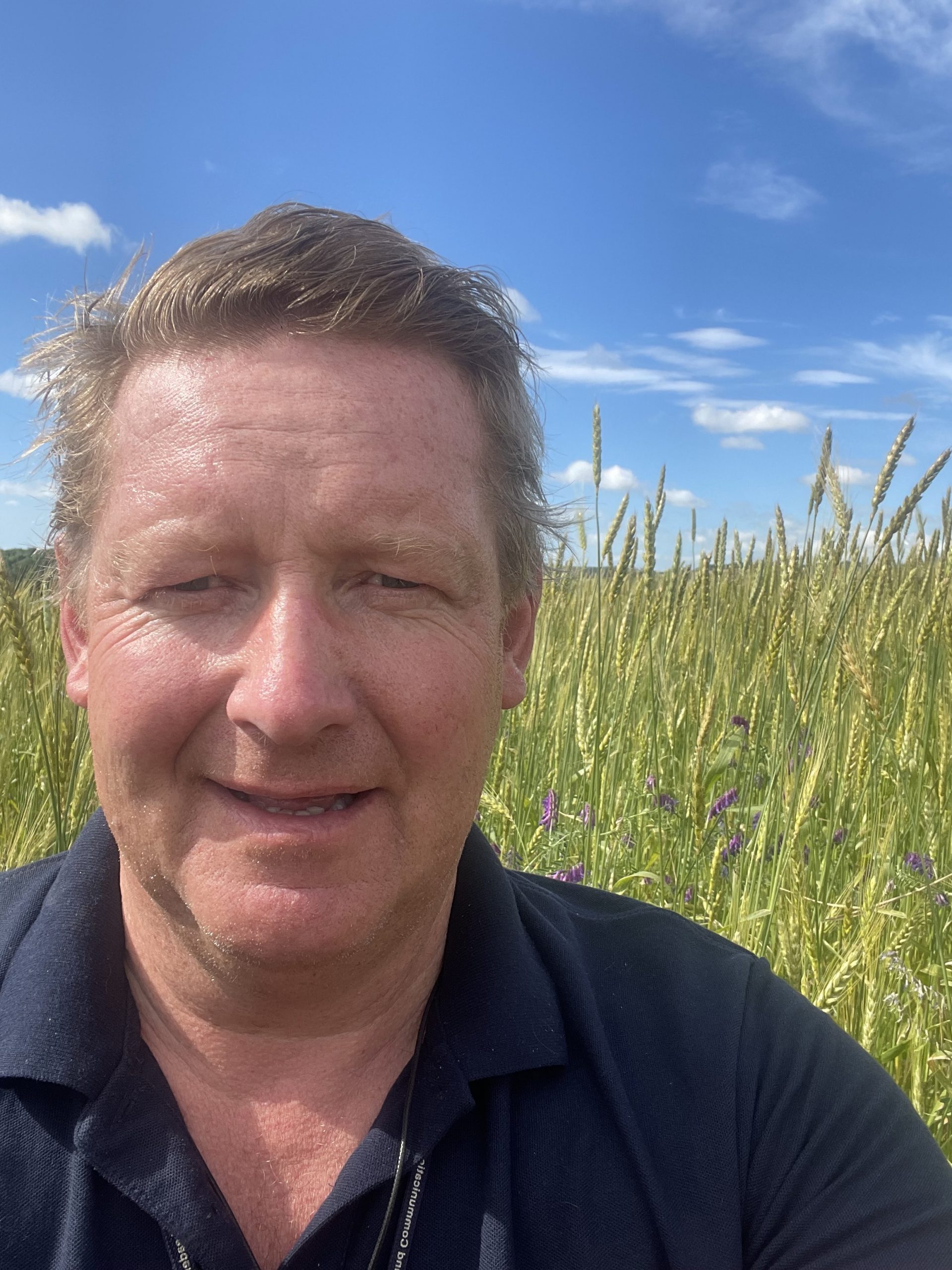
Tom Fairfax has shifted his farm to a biological model to return more balance between its physical, chemical, and biological systems.
The inspiration for this significant change in direction comes, in part, from a childhood memory of harvest. The piles of grain sat in grain carts used to be awash with red ladybirds and he has observed this phenomenon disappear over the past 25 years.
In addition to the loss of insect life, winter cereal yields on his marginal soils were not significantly greater than spring cereal yields, so the farm is not suited to a high-input, high-output system either.
This has seen a shift to a biological model that aims to return to a more balanced relationship between its physical, chemical, and biological systems.
For the arable rotation, this means minimising tillage and having multiple species growing in the soil – both at the same time and consecutively – to turbocharge his soil’s biology.
The farm has been under-sowing winter wheat and spring cereals with a clover-based herbal ley, including species like sheep’s parsley and sheep’s burnet which have deep roots but little biomass above ground.
“This aims to get multiple exudates into the soil to encourage a wider biology than before and offer a way of maintaining a living canvas on the soil.
“So rather than having a cereal to pasture rotation, we have the herbal ley under the cereal and the sheep or cattle go on straight after harvest, depending on what is planned for the following year. We are working very much on a field-by-field basis,” he adds.
Moving into his organic conversion has meant leaving behind the use of pesticides to control insect pests like aphids, which can transmit BYDV in the farm’s cereal crops.
He was browsing through the Innovative Farmers website and came across a project that might shed some light on the impact of flowering margins and strips on the insect populations found in adjacent crops.
Tom says he joined the field lab and is almost acting as an “organic control”, as he has had margins and strips established on the farm for many years and being herbicide free, has some wildflower incursion into his crops.
“From my point of view, it will be helpful to do the insect counts on 100m transects from the margins and see if this is attracting the right insects. I’m also doing some other tests in the same place and at the same time.
“These include sap and tissue sampling of the crop and soil food web and biological analysis of the soil to see if there is any correlation with the other measurements,” he explains.
Tom believes that if he can get a functioning biology below, on and above the soil surface, there should be a solid framework to achieve biological control of pests like aphids in most years.
In the first round of trapping, he says the sheer quantity of different insects in traps was staggering, giving him a glimpse of what’s happening to insect populations in and around his arable crops.
The analysis of samples should then tell him whether the species caught are good or bad, balanced or imbalanced.
“Situational awareness and operational intelligence in any farming model is key. The important question we need to ask ourselves is whether we know what’s going on, or are we making lots of assumptions?
“That’s where there is a synergy between what we’re trying to achieve here on the farm and the Field Lab,” notes Tom.
Research roundup
From Theory to Field is part of AHDB’s delivery of knowledge exchange on grower-funded research projects. CPM would like to thank AHDB for its support and in providing privileged access to staff and others involved in helping put these articles together.
For further info:
AHDB Project 91580001: Innovative Farmers Field Labs is being led by Innovative Farmers alongside scientific and academic partners. AHDB is contributing £224,190, with the remainder of funding from the Prince of Wales’s Charitable Fund (PWCF) and other sponsorship including BBSRC. The total value of the project is £1,294,190.


